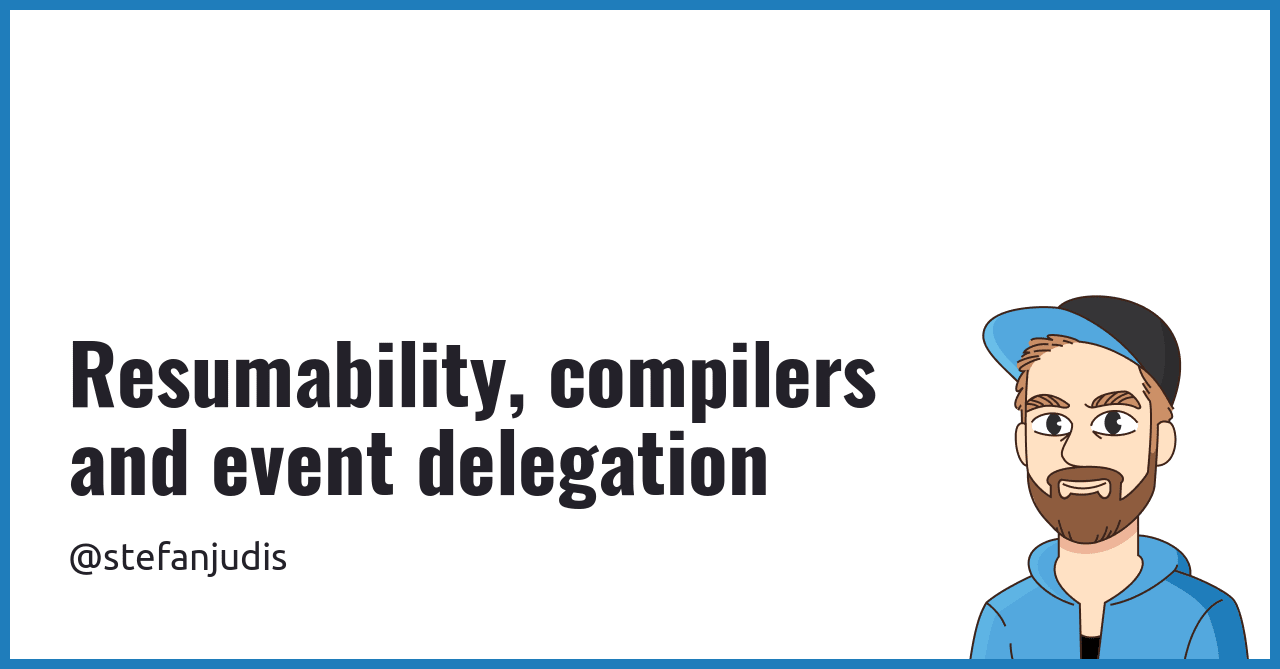可恢复性、编译器与事件委托(笔记)
Lately, there's been a lot of ground-breaking noise in the JavaScript ecosystem. Don't get me wrong, the "let's invent the next big thing" mantra in JS land isn't new, but for a year or so, it...
JavaScript生态系统中出现了突破性变化,React发布了Server Components的工作实现,Qwik框架推动构建UI的新方法,关注可恢复性,避免额外复杂性。

